GoPro cameras have revolutionized underwater videography, making it accessible to a wide audience.
These compact, durable cameras offer stunning video quality, perfect for everything from snorkeling to deep-sea diving.
With their advanced features and robust design, GoPros are ideal for capturing the vibrant marine world.
This guide will break down the key factors to consider when buying a GoPro for underwater adventures. We’ll cover waterproof ratings, protective housings, camera settings, and essential accessories to help you make the best choice for your needs.
GoPro Models for Underwater Adventures
Native Waterproofing
Modern GoPro models, including HERO12, HERO11, HERO10, HERO9, HERO8, and HERO7 Black, are waterproof up to 33 feet (10 meters). This makes them perfect for shallow water activities like snorkeling and swimming pools, without needing additional protection.
However, for deeper dives, you’ll need to invest in a protective housing. GoPro's recent models are built with better waterproofing, but this depth is still limited for professional or deeper underwater adventures.
Protective Housings
If you plan to dive deeper than 33 feet, a protective housing is essential.
GoPro’s official housings extend the depth range to 196 feet (60 meters).
For extreme depths, third-party options like Isotta and Recsea offer even greater protection, going down to 984 feet (300 meters).
These housings also feature flat glass lenses for sharp underwater footage and built-in controls for easy operation while submerged.
Depending on your diving needs, you can choose between GoPro’s more affordable options or premium third-party housings for professional-grade durability.

Key Underwater Video Features
Resolution and Frame Rates
The latest GoPro models, such as HERO12, HERO11, and HERO10, are capable of filming in high resolutions like 5.3K at 60fps, 4K at 120fps, and 2.7K at 240fps. These settings allow for ultra-smooth slow-motion effects, perfect for capturing fast-moving marine life.
Filming at high resolutions provides flexibility in post-production, enabling you to crop or reframe shots without losing image quality. However, high-resolution files can be large and may require powerful editing software. For general use, 4K at 60fps or 2.7K at 60fps is a good balance of quality and file size.
HyperSmooth Stabilization
GoPro’s HyperSmooth stabilization technology ensures steady footage, even in dynamic underwater environments with currents or swells. The HERO12 has enhanced features like Horizon Lock and AutoBoost, providing even more stability during underwater filming.
While HyperSmooth is highly effective, low-light conditions may reduce its performance slightly. To maximize stabilization, consider adding a tray and handle system for better control and smoother shots.
Low-Light Performance
Underwater filming often occurs in low-light conditions. GoPro cameras can struggle in these environments, producing grainy footage. To improve low-light performance, lower your frame rate to 24fps or 30fps to allow more light to reach the sensor.
For deeper dives or night dives, external lighting is a must. GoPro’s lights or third-party LED lights can significantly improve visibility and restore lost colors in darker waters. The HERO12’s improved sensor helps reduce noise in low-light situations but still benefits from additional lighting.
Color Correction
Underwater environments absorb light, especially red and orange wavelengths. This results in a blue or green color cast in your footage. To restore natural colors, use color correction filters. Red filters are perfect for blue water, while magenta filters work well in green or freshwater environments.
Additionally, manual white balance adjustments can help maintain consistent colors throughout your footage. Setting the white balance between 4500K and 6000K is ideal for most underwater conditions.
Recommended: Top Underwater Scooters Under $500 (2025 Guide)
Must-Have Accessories
To optimize your GoPro for underwater use, consider these key accessories:
-
Protective Housings: Essential for diving beyond 33 feet, available from GoPro or third-party brands.
-
Color Correction Filters: Red and magenta filters restore natural hues in different water types.
-
External Lighting: LED lights illuminate dark underwater environments and enhance footage quality.
-
Stabilization Systems: A tray and handle system improves stability and reduces shakiness.
-
Specialized Lenses: Macro lenses allow close-up shots, while wide-angle lenses expand your field of view.
-
Batteries & Memory Cards: Fast, high-capacity microSD cards and spare batteries are essential for long filming sessions.
Optimal Settings for Different Underwater Scenarios
Each underwater environment requires different camera settings. Here’s a breakdown:
-
Snorkeling/Shallow Water (0-33 ft): Use 30fps or 24fps for smooth motion. A snorkel filter helps enhance color.
-
Recreational Diving (33-196 ft): Use red or magenta filters, adjust white balance to between 4500K and 6000K, and consider external lighting.
-
Deep Diving (>196 ft): For extreme depths, use third-party housing and external lights. Lower frame rates and a "Flat" color profile are recommended for post-production flexibility.
Maintenance and Post-Dive Care
Proper maintenance is key to ensuring your GoPro and accessories perform well for years. After each dive, rinse the equipment with fresh water to remove salt and debris. Pay special attention to the O-rings on the housing, cleaning and lubricating them regularly to prevent leaks.
Use desiccants to prevent fogging, and store your GoPro in a cool, dry place between dives. Proper care helps prevent damage and ensures reliable performance on your next dive.
Conclusion
GoPro cameras offer an unbeatable combination of portability, durability, and high-quality video, making them perfect for underwater adventures. While they’re waterproof up to 33 feet out of the box, a protective housing is necessary for deeper dives. Whether you’re snorkeling, recreational diving, or undertaking technical dives, GoPro’s features like HyperSmooth stabilization, high resolutions, and color correction tools will elevate your underwater footage.
When selecting a GoPro, consider your depth requirements, the accessories you need, and the camera settings that will best capture your aquatic experience. With the right setup and maintenance, your GoPro can be an invaluable tool for documenting the underwater world.
FAQs
Do I need a housing for shallow water activities?
For snorkeling or shallow dives (up to 33 feet), GoPro’s native waterproofing is enough. A snorkel filter and a floating hand grip are recommended.
How do I prevent fogging inside the housing?
Use desiccants to absorb moisture, keep the housing cool, and avoid significant temperature changes to prevent condensation inside the housing.
What’s the best GoPro model for deep diving?
For deep dives, the HERO12 Black with third-party housing (e.g., Isotta or Recsea) is ideal for extreme depths, offering superior protection and performance.
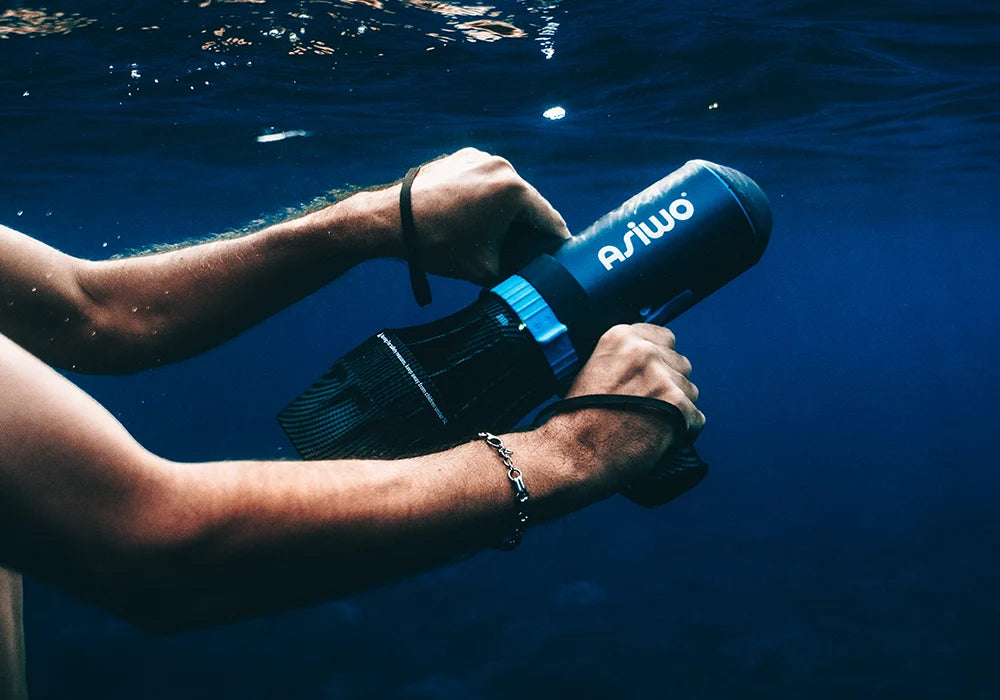




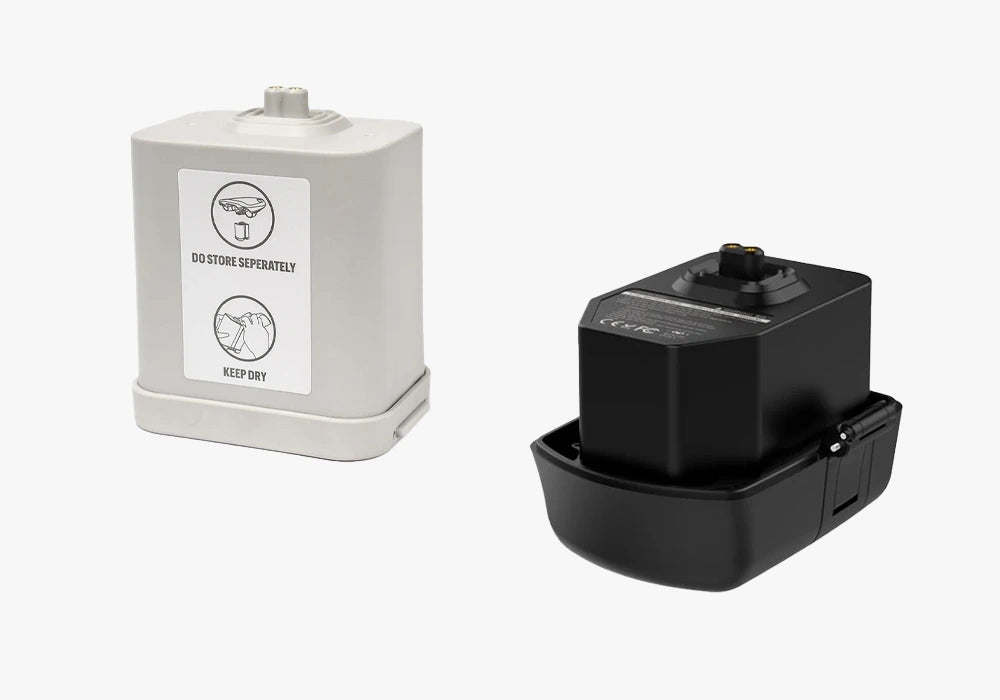





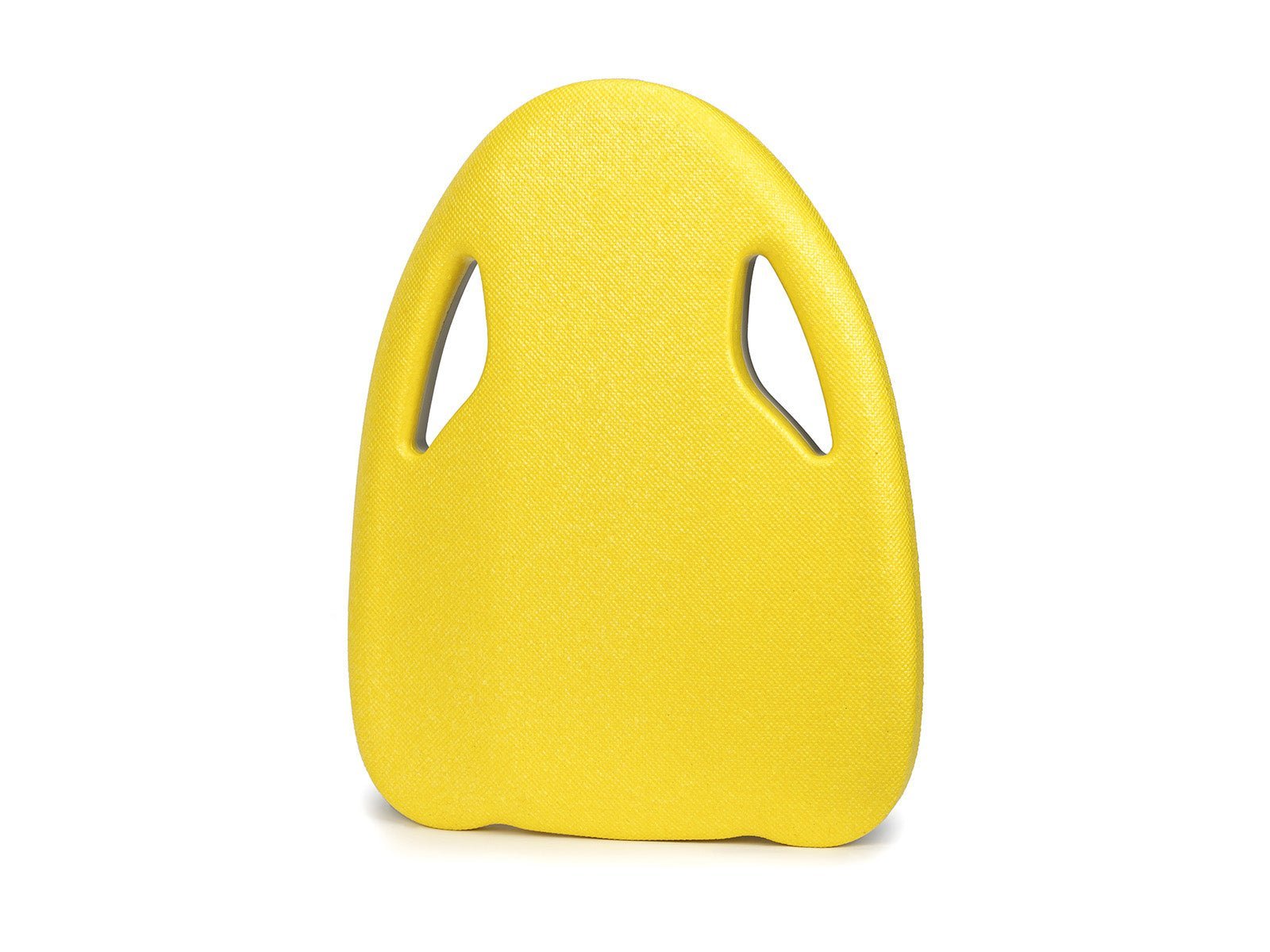
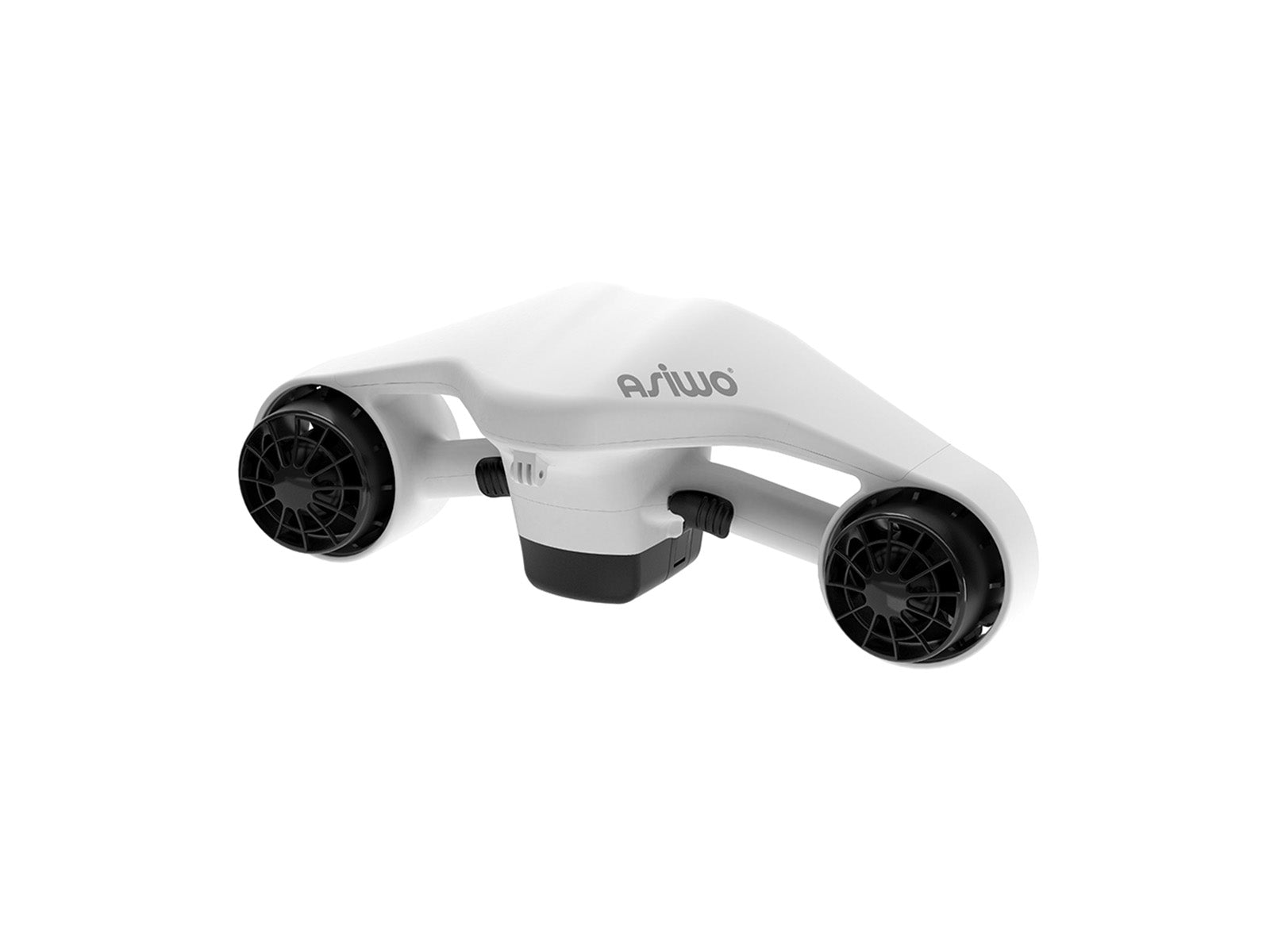
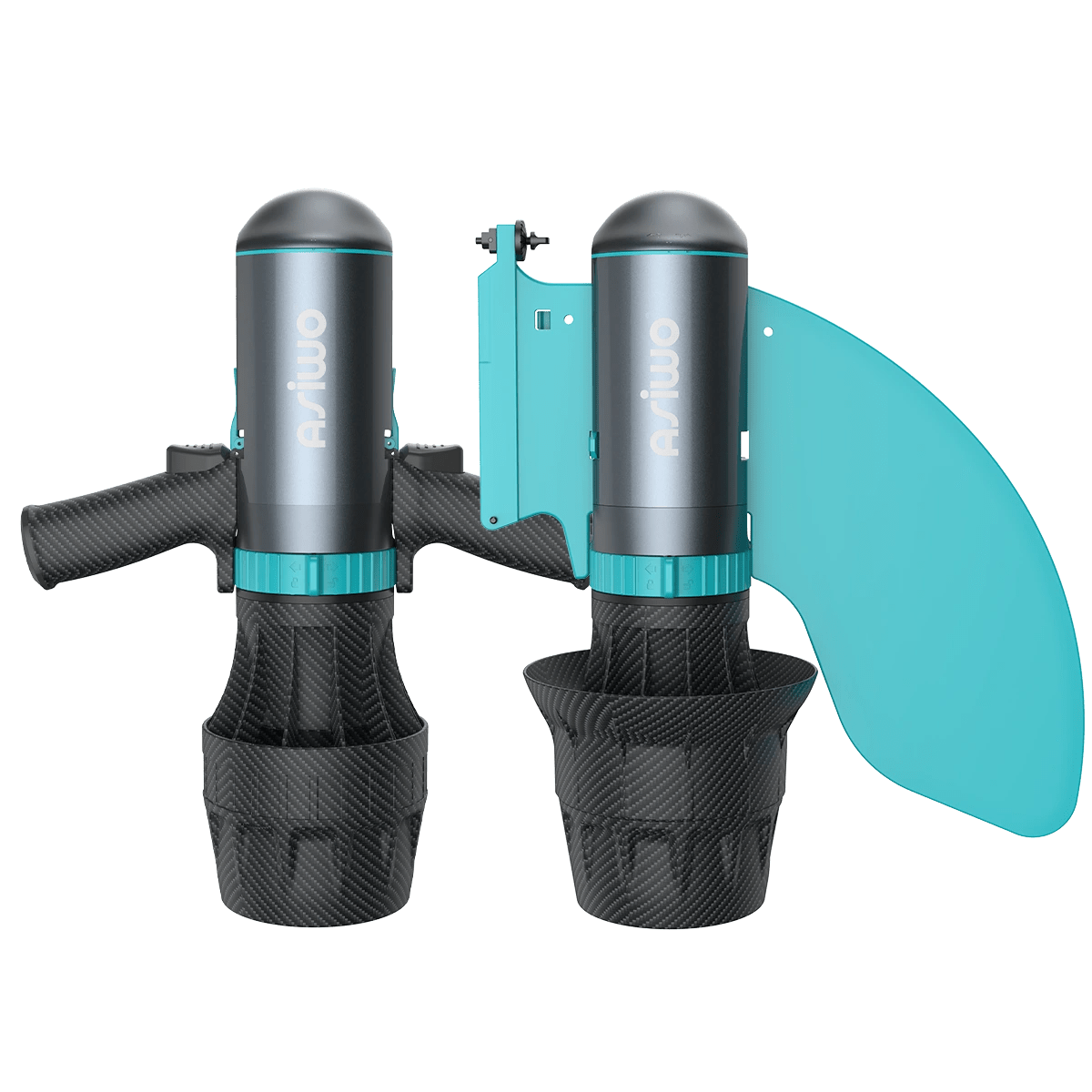


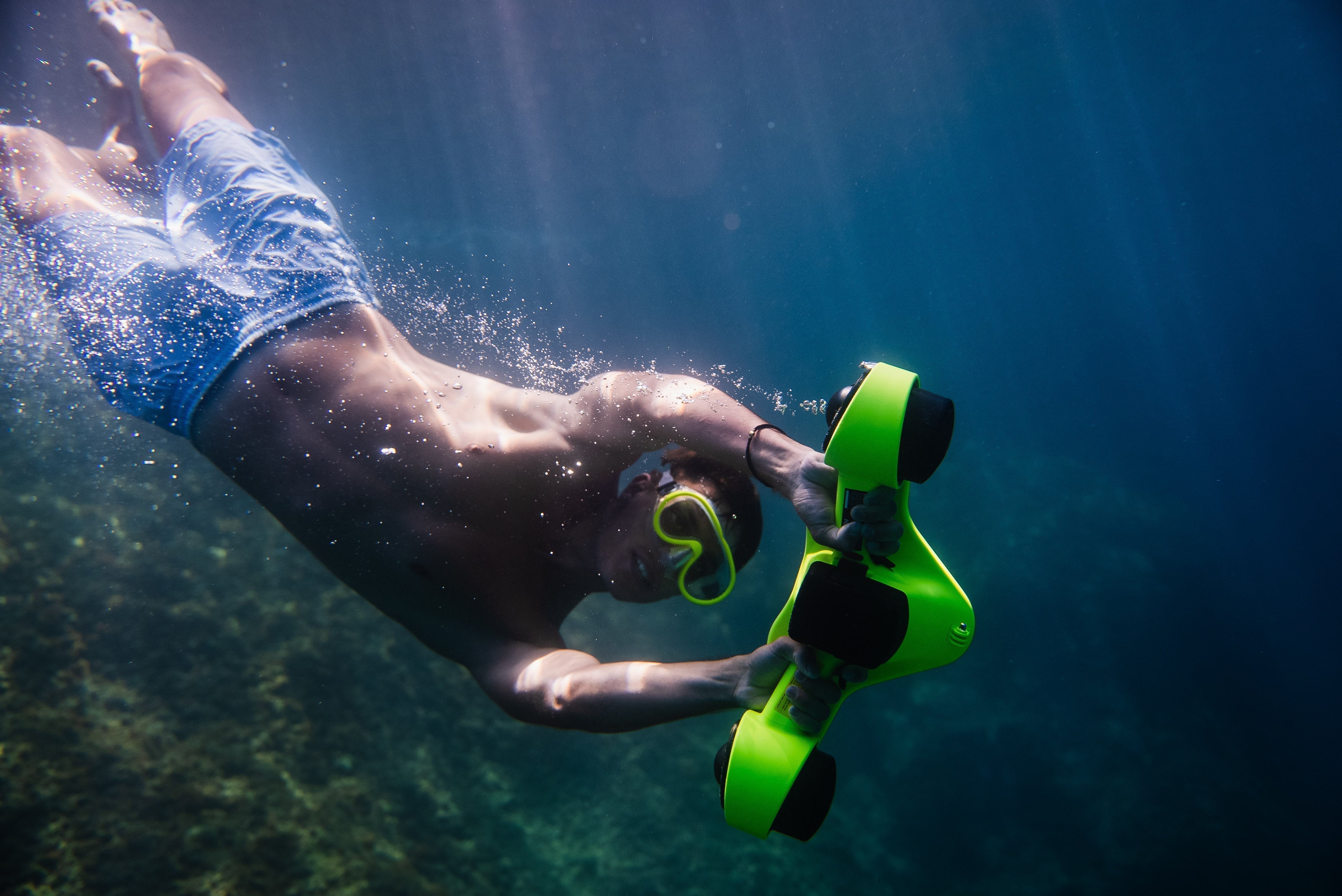
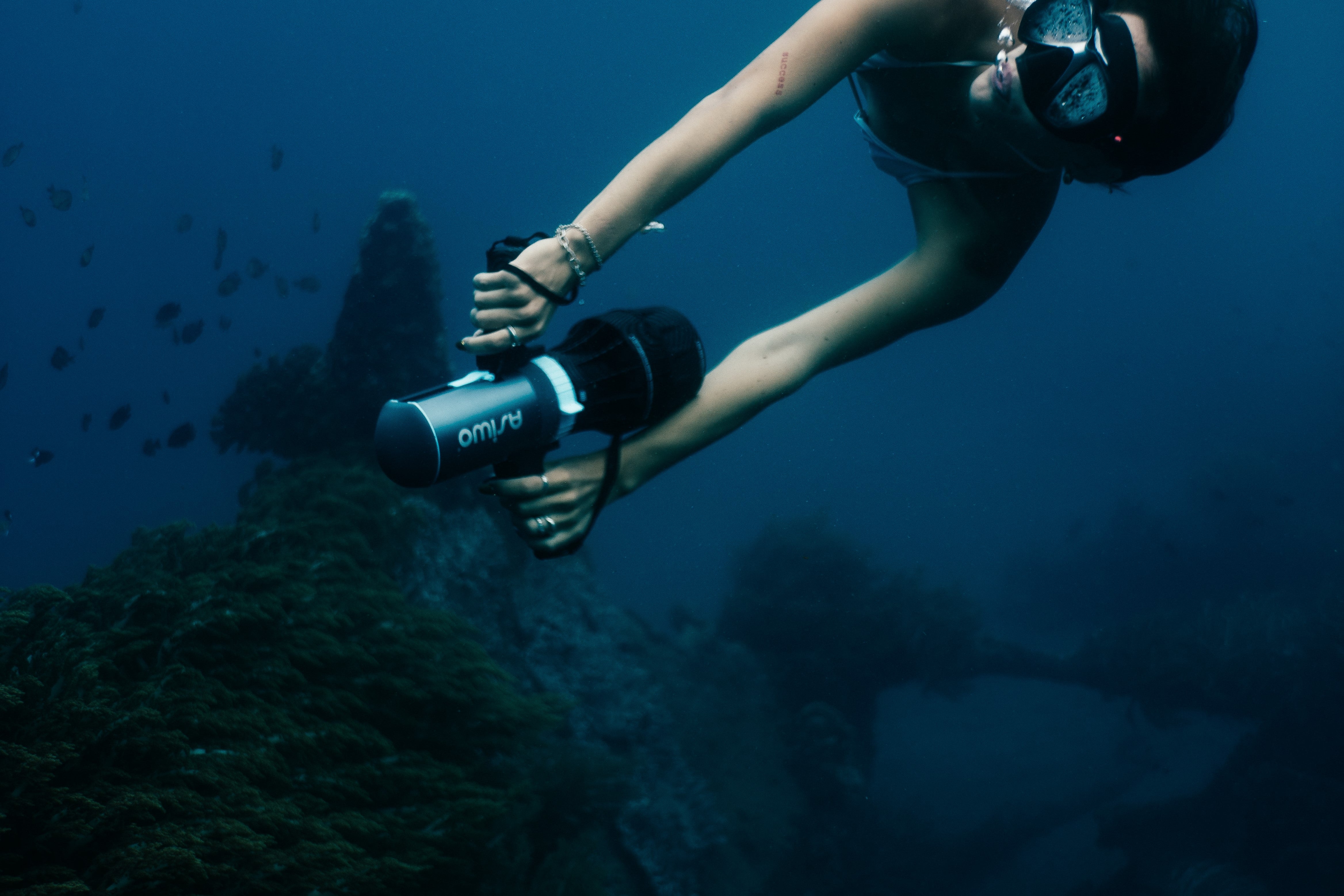
Leave a comment